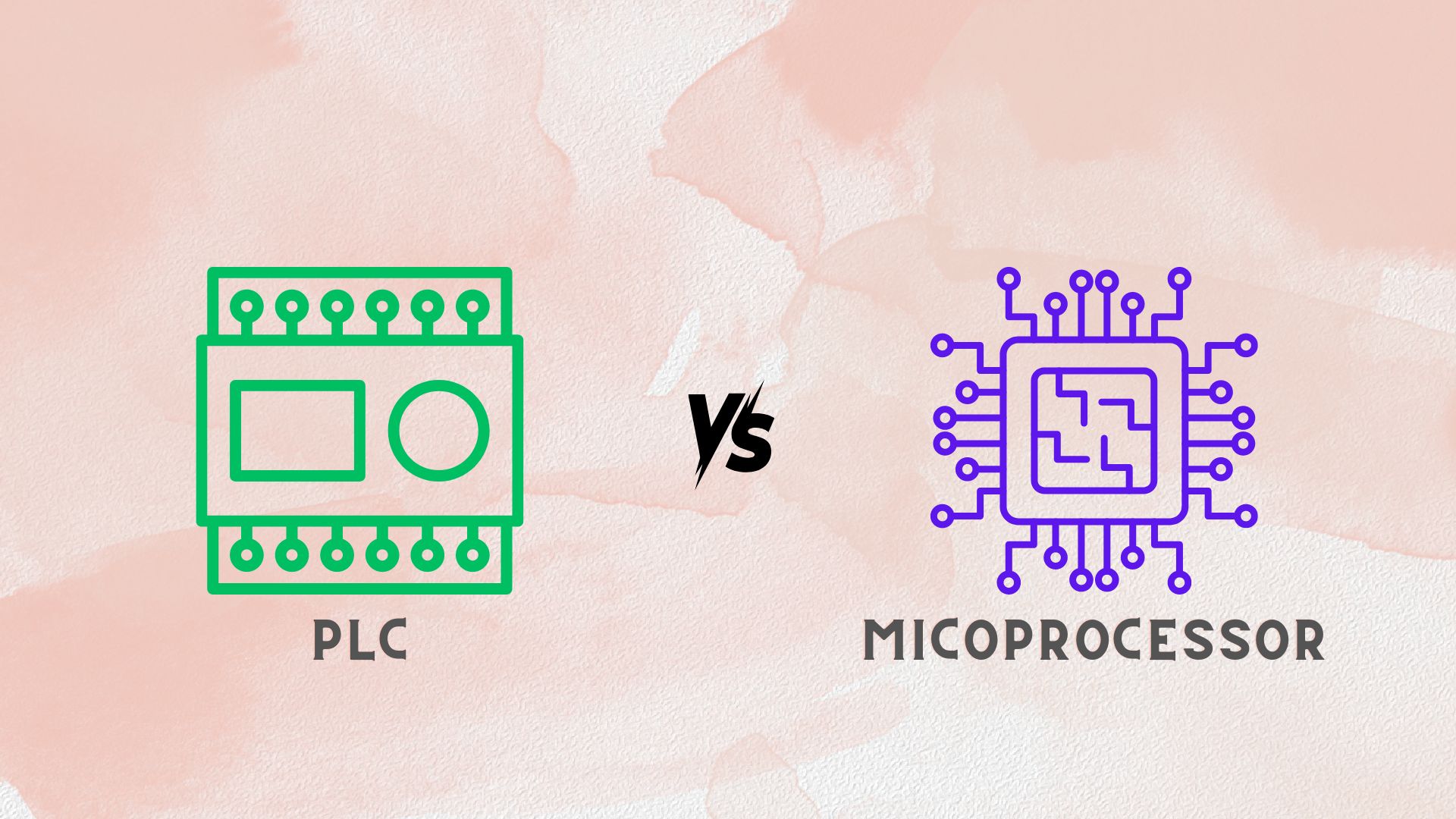In the field of industrial automation, the choice between using a Programmable Logic Controller (PLC) or a microcontroller is a crucial decision that engineers must make. Both PLCs and microcontrollers serve as integral components in automating processes within industrial settings. However, each has its own set of strengths, weaknesses, and ideal applications. In this article, we’ll delve into the differences between PLCs and microcontrollers, their respective functionalities, and the considerations that engineers should keep in mind when selecting the appropriate technology for their specific automation needs.
Understanding PLCs and Microcontrollers
PLCs
A Programmable Logic Controller, or PLC, is a specialized industrial computer that is designed to control manufacturing processes, such as assembly lines, robotic devices, or any activity that requires high reliability control and ease of programming. PLCs are equipped with input and output (I/O) interfaces to connect with sensors, actuators, and other devices, along with a central processing unit (CPU) responsible for executing control logic.
Microcontrollers
On the other hand, a microcontroller is a compact integrated circuit that consists of a processor core, memory, and various peripherals all on a single chip. Microcontrollers are versatile and can be programmed to perform a wide range of tasks, from basic control functions to complex computations. They find applications in various domains, including industrial automation, consumer electronics, automotive systems, and more.
Comparative Analysis
Performance and Speed
In terms of performance and speed, microcontrollers typically offer faster processing capabilities compared to PLCs. Microcontrollers often employ advanced processors with higher clock speeds and superior computational abilities. This makes them suitable for applications requiring rapid data processing and real-time control, such as high-speed production lines or complex motion control systems.
PLCs, on the other hand, prioritize reliability and deterministic behavior over raw processing power. While PLCs may have slower processing speeds compared to microcontrollers, they excel in providing consistent and predictable performance, making them ideal for applications where precise timing and synchronization are critical.
Programming and Flexibility
One of the key distinctions between PLCs and microcontrollers lies in their programming environments and flexibility. PLCs typically utilize specialized programming languages such as ladder logic, structured text, or function block diagrams, which are tailored for industrial automation tasks. These languages are designed to simplify the implementation of control logic and facilitate easy troubleshooting and maintenance by personnel with minimal programming expertise.
Microcontrollers, on the other hand, offer greater programming flexibility, allowing engineers to choose from a wide range of development environments, including C/C++, Python, or even graphical programming tools like Arduino IDE. This flexibility enables developers to implement highly customized control algorithms and integrate additional functionalities, such as communication protocols or data logging capabilities, into their automation systems.
Scalability and Integration
When it comes to scalability and integration, PLCs have traditionally held an advantage due to their modular architecture and extensive support for interfacing with various industrial devices. PLC systems can easily scale to accommodate changes in system complexity or expand to control additional equipment by adding more I/O modules or communication modules.
Microcontrollers, while offering excellent flexibility, may require additional components or external modules to achieve the same level of scalability and integration as PLCs. However, advancements in microcontroller technology, such as the availability of powerful System-on-Chip (SoC) solutions and standardized communication protocols like Modbus or CAN bus, have narrowed the gap in recent years.
Selecting the Right Solution
Choosing between a PLC and a microcontroller ultimately depends on the specific requirements of the industrial automation application. Here are some factors to consider:
- Complexity of Control Logic: For applications with simple control logic and limited I/O requirements, a microcontroller may offer a cost-effective solution. However, for complex systems with stringent reliability and safety requirements, a PLC may be more suitable.
- Real-Time Requirements: If the application demands precise timing and real-time response, a PLC with deterministic behavior is preferable. Microcontrollers can also achieve real-time control but may require additional optimization and careful design considerations.
- Scalability and Expandability: Consider the potential for future expansion and integration with existing systems. PLCs are well-suited for scalable architectures, whereas microcontrollers may require more engineering effort to achieve similar levels of scalability.
- Programming Expertise: Evaluate the skill set of the development team. PLC programming languages are often easier to learn for engineers with a background in electrical or industrial automation, whereas microcontroller programming may require more advanced software development skills.
- Cost Considerations: Compare the upfront costs of PLCs and microcontrollers, taking into account factors such as hardware, software, and maintenance expenses over the system’s lifecycle.
Conclusion
In conclusion, both PLCs and microcontrollers play indispensable roles in industrial automation, offering unique advantages and capabilities to suit a wide range of applications. While PLCs excel in reliability, deterministic behavior, and ease of programming for traditional automation tasks, microcontrollers offer greater flexibility, performance, and customization options for more specialized applications. Engineers must carefully evaluate the specific requirements of their automation projects and weigh the trade-offs between PLCs and microcontrollers to make an informed decision that best aligns with their needs and objectives.
